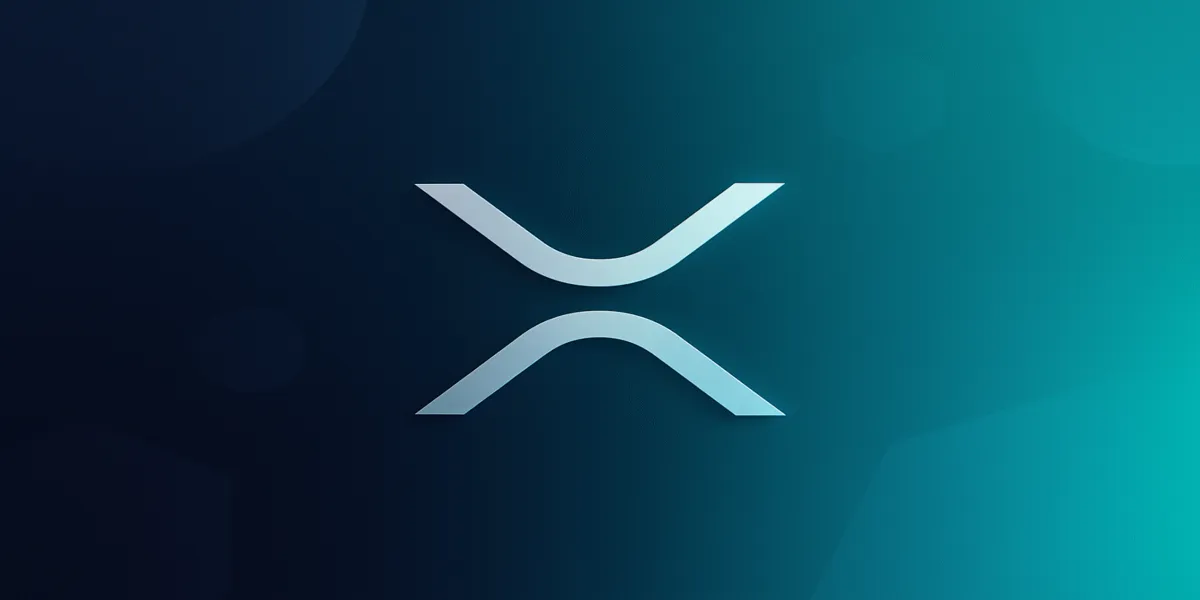- Confidential London meeting reveals banks exploring XRP for faster settlements.
- Report highlights XRP Ledger’s role in transforming global financial systems.
- Major institutions quietly test distributed ledger solutions under regulatory oversight.
According to financial expert Lord Belgrave, a confidential document reviewed during a private meeting in London revealed that the technology behind XRP, the XRP Ledger, was a key focus among major banking institutions.
The meeting, which brought together senior executives from Barclays, HSBC, Standard Chartered, and Lloyds, was held at The Langham Hotel with observers from the Bank of England’s innovation office in attendance.
Belgrave explained that the report examined long-standing inefficiencies in the global banking system. It stressed that the real challenge was not liquidity but the friction caused by outdated payment structures built for messaging rather than settlement. These systems force banks to hold trillions of dollars in nostro-vostro accounts, slowing cross-border transfers and trapping capital that could otherwise circulate within the economy.
Besides identifying these inefficiencies, the document detailed how the current system consumes excessive energy and resources, validating payment messages instead of transferring real value. It further highlighted that such a structure cannot meet the growing demand for speed, transparency, and precision in a digital financial landscape.
Also Read: Pundit to XRP Community: ‘Ripple Has Been Engineering this System for Years,’ What it Means
Major Banks Quietly Evaluate XRP Ledger for Settlement Efficiency
The second section of the confidential report reportedly outlined a modern framework for atomic settlement through distributed ledger technology. The XRP Ledger was extensively examined for its ability to deliver deterministic finality, integrate compliance measures, and support programmable liquidity within regulated systems.
According to Lord Belgrave, each institution viewed the XRP Ledger through a different operational lens. Barclays and Standard Chartered explored its role in improving trade and treasury operations, while HSBC analyzed how it could unlock trapped liquidity across Asia and the Middle East. Lloyds investigated its application in domestic and international retail payments, focusing on faster and cheaper transfers.
Furthermore, the report indicated that the banks did not intend to replace the global financial system. Instead, they sought to evolve it into a framework capable of moving value as efficiently as information.
Under strict non-disclosure agreements, the banks reportedly initiated pilot integrations and collaborations with enterprise partners linked to Ripple, ensuring alignment with regulatory expectations.
Growing Signals of a Financial System Transformation
Lord Belgrave’s revelations have sparked widespread discussions across the financial community, suggesting that major institutions have been quietly preparing for a new phase of payment modernization. The growing interest in XRP’s technology reflects an industry-wide push toward real-time settlement and greater operational transparency.
As financial infrastructures continue to evolve, the extensive focus on the XRP Ledger in the confidential report indicates that the foundation for a global shift in liquidity management may already be taking shape behind the scenes.
Also Read: DTCC Lists Five Spot XRP ETFs as Market Awaits Possible Launch Later This Month

